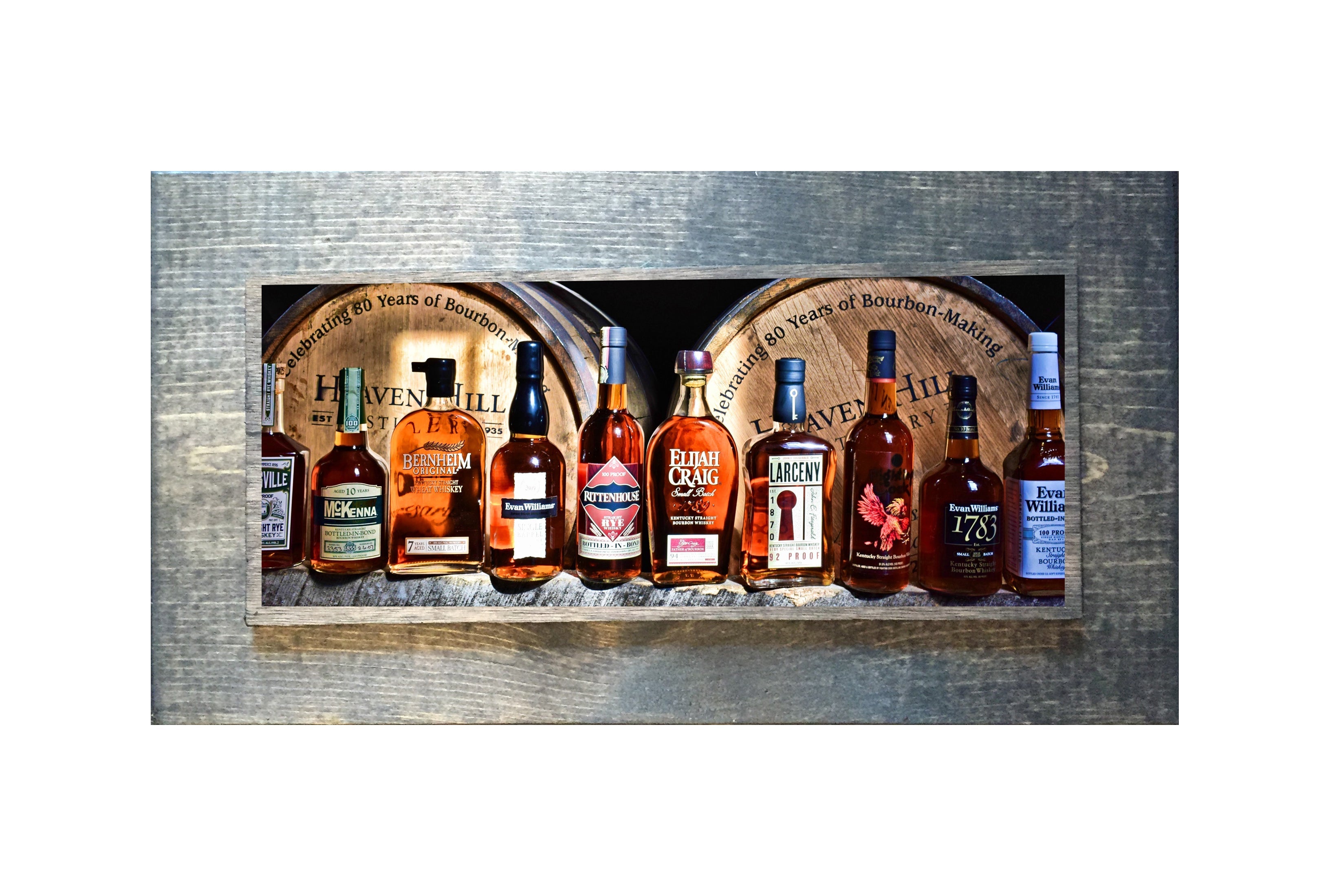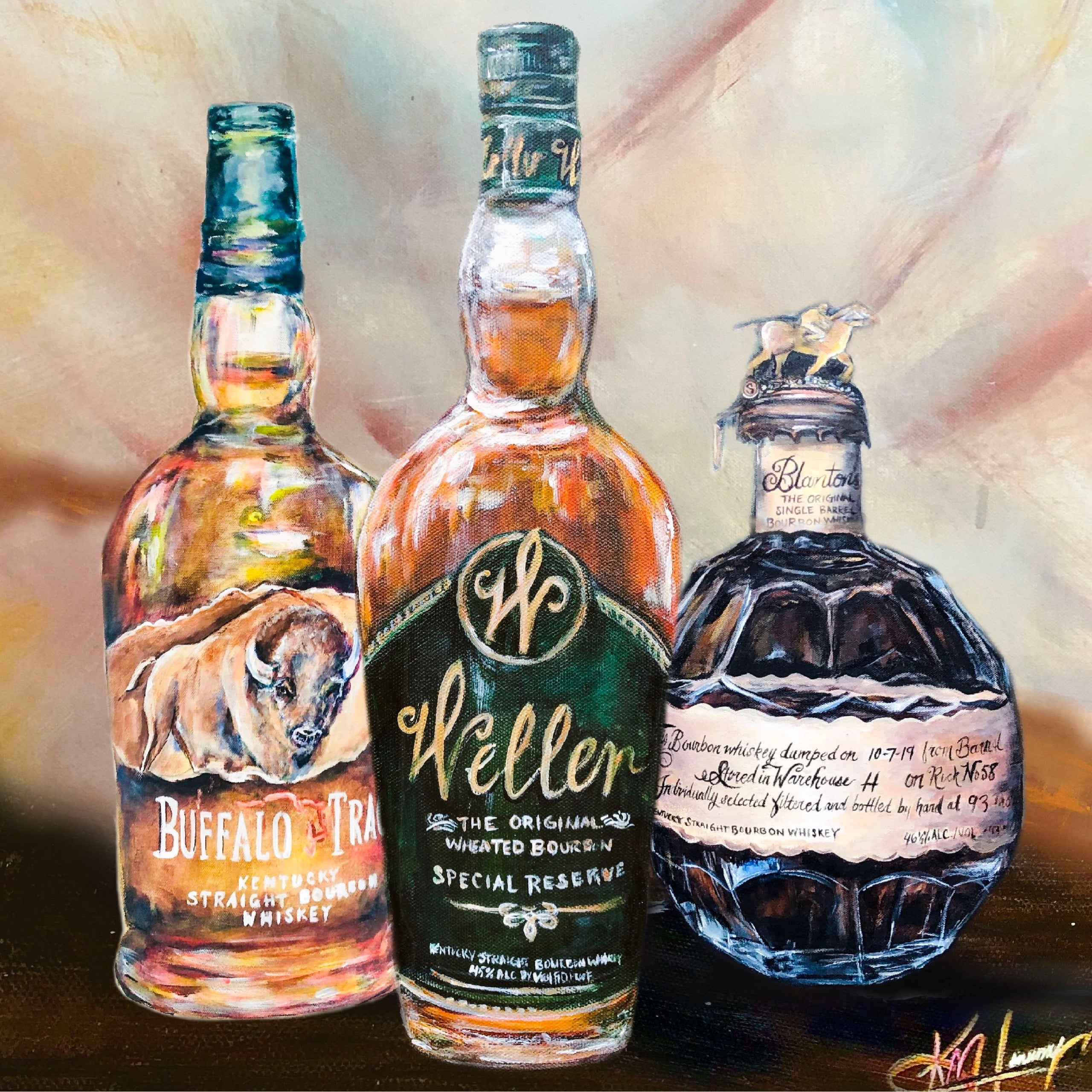Whiskey Art as a Declaration: How It Boosts Home Décor
Whiskey Art as a Declaration: How It Boosts Home Décor
Blog Article
The Relevance of Whiskey Art in Celebrating Heritage and Craftsmanship in the Beverage Sector
The detailed partnership between scotch art and the event of heritage and craftsmanship within the drink industry can not be overemphasized. Through attentively made bottles and labels, bourbon brands encapsulate their historic origins and the artisanal skills that define their production approaches. This creative dimension not only enhances market allure but additionally works as an avenue for social narration, promoting a much deeper connection between the craft and the customer. As we explore the different aspects of this subject, appealing concerns regarding the influence of modern-day trends on standard practices arise, triggering more exam.
The Historic Origins of Whiskey
At the heart of bourbon's appeal exists a rich tapestry of historic origins that trace back to old human beings. The beginnings of bourbon can be connected to the distillation techniques of the Sumerians and Babylonians around 2000 BCE, where early kinds of fermented grain drinks started to emerge. Nevertheless, it was in the Center Ages that the art of purification progressed dramatically, specifically in Ireland and Scotland, resulting in the creation of bourbon as we understand it today.
The term "scotch" itself stems from the Gaelic word "uisce beatha," implying "water of life." This phrase underscores the cultural relevance of whiskey in Celtic societies, where it was frequently connected with routines, parties, and public bonding. By the 15th century, purification became a recognized craft within reclusive communities, leading the way for the establishment of legal distilleries.
As trade courses broadened, scotch's appeal expanded, transcending local boundaries and catching the passion of connoisseurs worldwide. Realism Art. This historic journey mirrors not only the craftsmanship behind bourbon manufacturing however also its integral function in cultural and social contexts, marking it as a substantial drink throughout history
Artistic Expression in Branding
Scotch branding stands as a compelling junction of virtuosity and commerce, where visual identity plays an important duty in forming customer perception. The aesthetics of bourbon tags, product packaging, and advertising and marketing products reflect not only the brand's story however also its core values and heritage. Through creative expression, distilleries convey a narrative that resonates with customers, evoking emotions and triggering links.
The use of shade, typography, and images in branding offers to differentiate items in a saturated market. Traditional themes might stimulate a feeling of authenticity and workmanship, while contemporary designs can indicate advancement and forward-thinking. This tactical imaginative direction improves brand recognition and loyalty, enabling consumers to build a personal partnership with the scotch they pick.
Moreover, artistic expression in branding often serves as a celebration of local heritage. Distilleries often include regional symbols or historic recommendations into their designs, developing a local color that invites consumers to take part in a more comprehensive social experience. Eventually, the virtuosity behind whiskey branding not only enhances visual allure but also improves the total narrative of the brand name, promoting a deeper admiration for the workmanship and heritage ingrained in each bottle.
Workmanship in Bottle Style
The artistry evident in bourbon branding prolongs beyond visual identification to incorporate the craftsmanship included in bottle design. Each container works as a vessel not simply for the spirit within, however likewise for the story it outlines its tradition, beginning, and quality. The design process requires meticulous interest to detail, as components such as material, closure, and shape contribute substantially to the total perception of the bourbon.
Workmanship in container layout involves choosing high-quality glass that can enhance the whiskey's shade and clearness, while also offering a responsive experience for the customer. The shape of the bottle have to be both practical and cosmetically appealing, often mirroring the heritage of the brand. Lots of distilleries decide for special forms or printed logos that evoke a feeling of authenticity and background.
In addition, the tag layout and typography play a critical function in interacting the brand's story. Realism Art. A well-crafted container not only astounds the consumer's eye but also strengthens the brand name's commitment to high quality and tradition. By doing this, the workmanship of bottle layout ends up being a crucial element of the scotch experience, combining virtuosity with an extensive respect for heritage
Social Significance of Scotch Art
Commemorating practice and workmanship, the cultural significance of scotch art transcends mere visual appeals, intertwining with the historic and social stories of the regions from which it originates. Each container serves as a canvas, showing the unique tales, mythology, and traditions that have formed regional whiskey-making techniques. The detailed designs frequently show the heritage of the distillers, including signs and motifs that resonate with the culture and worths of their neighborhoods.

In enhancement, bourbon art plays a vital duty in communal gatherings and events, functioning as a tangible link in between people and their shared experiences. By valuing the virtuosity in scotch packaging, consumers grow a deeper understanding and regard for the craft, eventually enhancing their enjoyment of the beverage itself.
Modern Trends in Bourbon Presentation
Recently, the discussion of bourbon has actually progressed to mirror modern tastes and patterns while still recognizing conventional craftsmanship - Bourbon Art. Distilleries are increasingly concentrating on aesthetic aspects that improve the general alcohol consumption experience, linking the space between heritage and modernity
Innovative bottle designs have arised, often including lasting products and imaginative tags that inform engaging stories. Numerous brand names currently collaborate with neighborhood artists, instilling their products with special visual expressions that reverberate with customers. Additionally, limited-edition releases are frequently packaged in collectible containers, adding value and appeal for aficionados.

Verdict
To conclude, whiskey art acts as a vital channel for sharing the heritage and workmanship intrinsic in the drink market. With detailed branding, cutting-edge bottle layouts, and culturally substantial imaginative aspects, bourbon brand names effectively recognize their traditions and connect with customers. This creative story not only raises the admiration of scotch yet also reinforces community identification and satisfaction among producers. Inevitably, bourbon art plays a crucial duty in preserving and celebrating the rich cultural tapestry of whiskey-making.


Craftsmanship in bottle design involves choosing high-grade glass that can boost the bourbon's shade and clearness, while additionally giving a tactile experience for the consumer. In this means, the workmanship of container style ends up being an essential aspect of the bourbon experience, merging virtuosity with an extensive respect for heritage.
In final thought, scotch art Limited Edition serves as an essential avenue for revealing the heritage and craftsmanship intrinsic in the drink sector.
Report this page